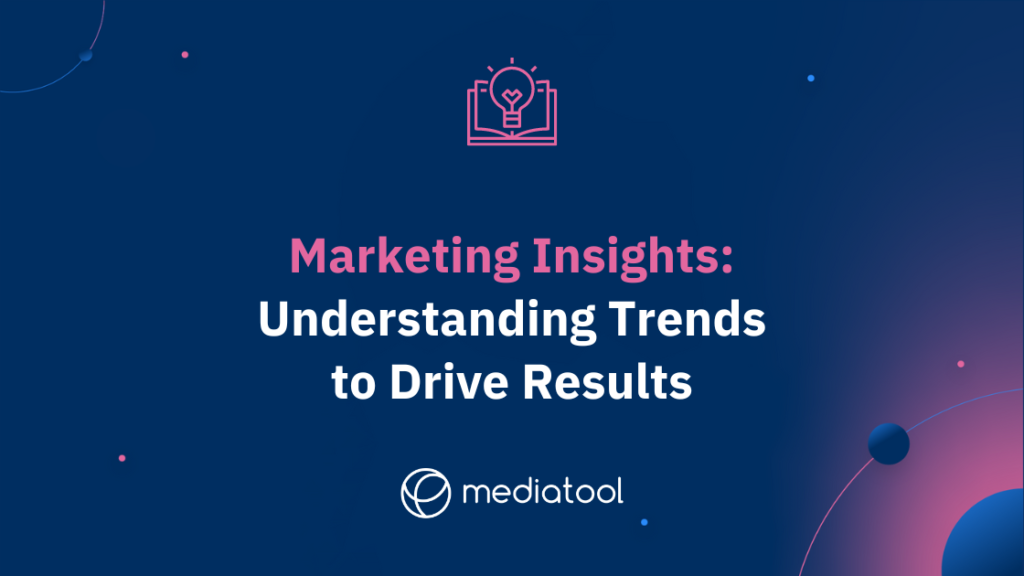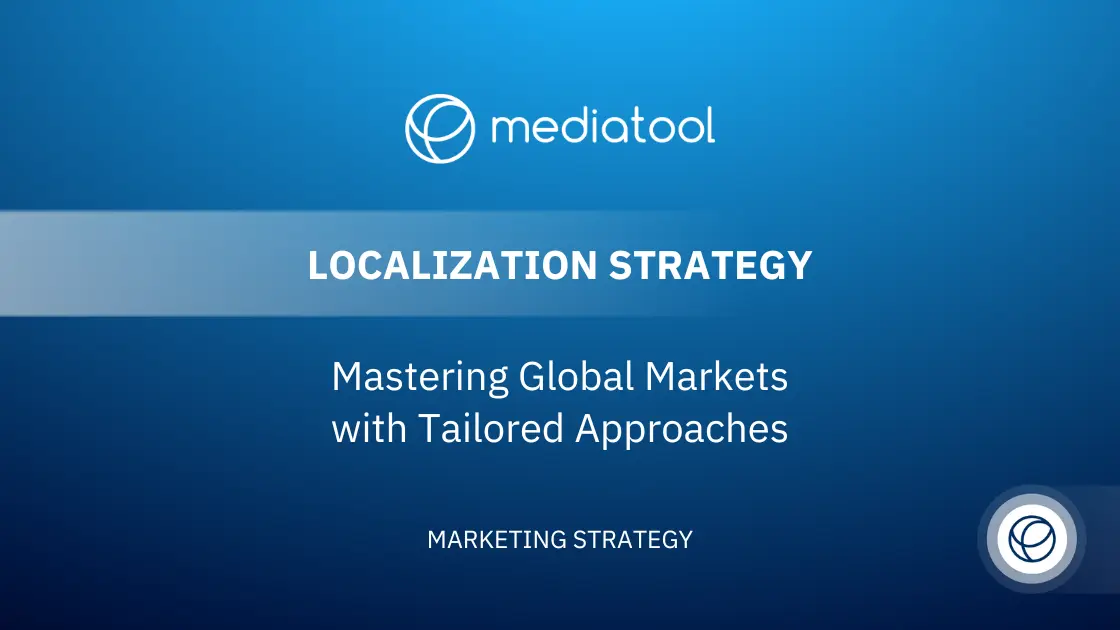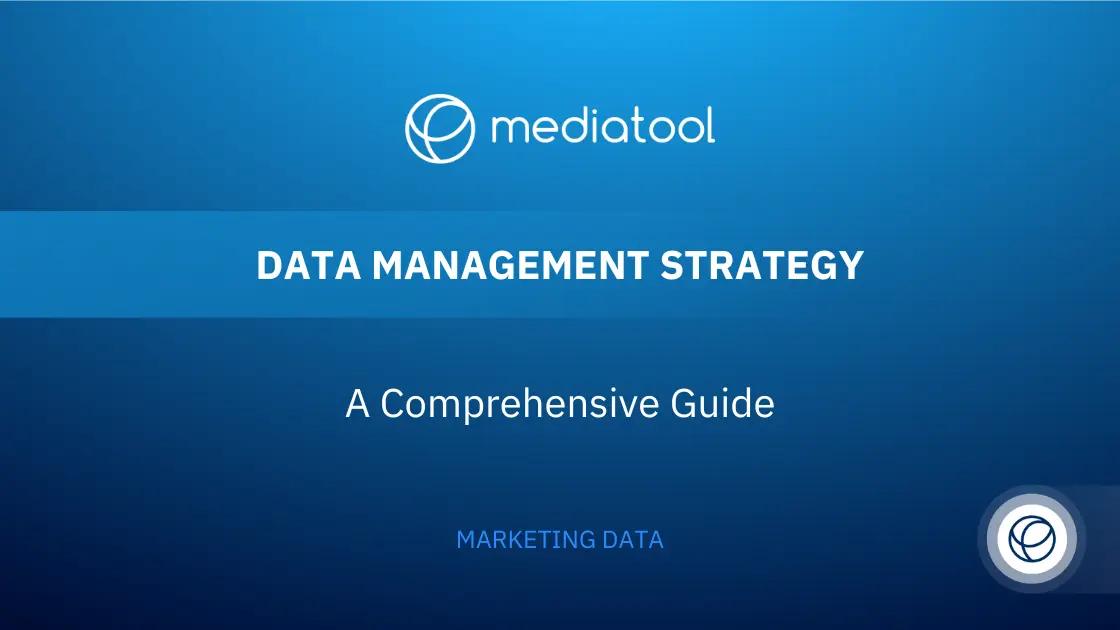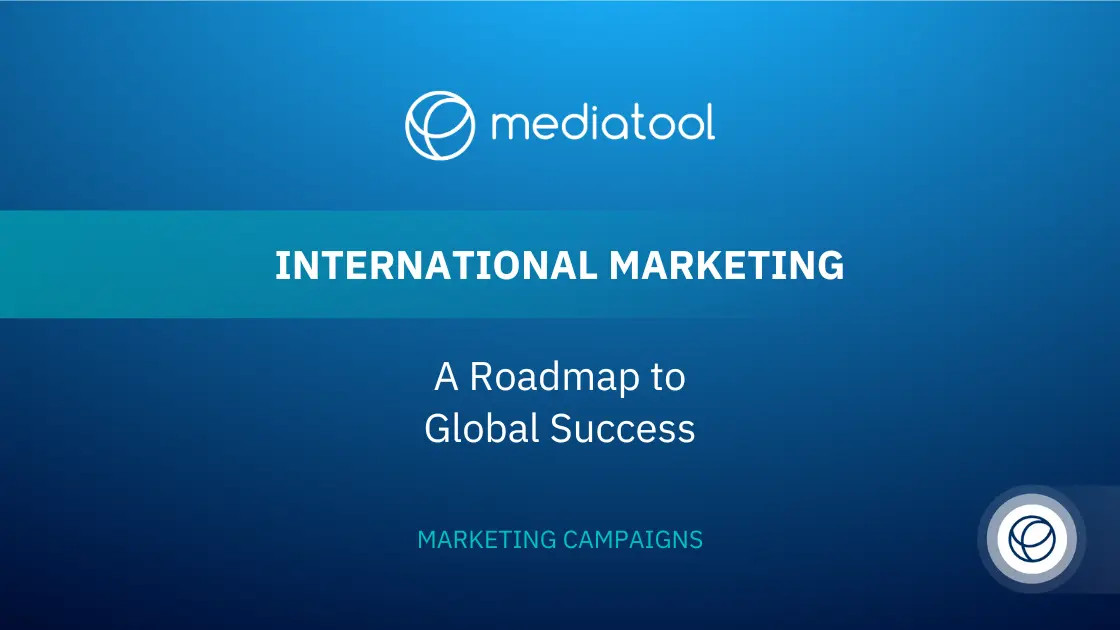Marketing insights encompass a deeper understanding of market trends and changes to drive better results in marketing efforts.
Picture this scenario:
Your revenue-generating email marketing platform suddenly experiences a slump.
What’s the cause?
Did something change in the algorithm?
Just three months ago, your campaigns were the envy of your industry.
But all you hear is crickets, and it’s time to roll up your sleeves and figure out what’s changed.
So you get down to business and start analyzing data from all angles. You look at your customer segments, the types of messages you’re sending, how often they’re sent, and the timing of your delivery. But what started as a dive into analytics soon reveals something unexpected: trends in the marketplace have shifted drastically since you launched those campaigns three months ago.
And that’s exactly what marketing insights are.
Insights aren’t just about crunching numbers or analyzing data points. They’re the broader, more holistic view of what’s going on in the world outside your door.
In this article, we define what marketing insights are, what makes them so powerful, and the process of collecting and leveraging insights to drive better results.
What are Marketing Insights?
At its core, marketing insights are the information you gather through data analysis or research, which you can directly act upon to benefit your marketing strategy. Essentially, marketing insights translate big data into meaningful information that you can use to inform decisions and drive better results. The insights you uncover provide:
- Actionable information on customer behavior
- Emerging trends in the marketplace
- Industry-wide changes
You can divide marketing insights into two types:
- Data-driven insights: Quantitative, data-based insights help you better understand customer behavior and the effects of your campaigns. Think website analytics, surveys, or A/B testing results.
- Qualitative insights: Subjective observations gleaned from conversations with customers, partners, and stakeholders. Think of interviews, focus groups, or customer feedback. Make sure you ask customer feedback questions to draw the juiciest insights.
What Makes a Good Marketing Insight?

Raw data is only part of the equation. What you do with it and how you link data points to draw meaningful conclusions determines how applicable the insight is to your business strategy. Powerful marketing insights have five distinct qualities:
Relevance: The insight must directly apply to your marketing strategy and objectives. If the information isn’t actionable, it has no place in a successful marketing plan.
Timeliness: How current is the marketing data you’re using? Is it still relevant, or has the situation changed since you collected it? Timeliness is key when it comes to leveraging marketing data effectively.
Clarity: Does the insight provide clear information with real value that you can use to make decisions? Your insights should be easy to understand and interpret so your team knows what steps to take next.
Direction: Does the insight point toward a specific course of action? If not, is there enough data and analysis to draw specific conclusions?
Validation: Does the insight include hard evidence to back it up? Are you basing your conclusions on reliable marketing data and sources, or is it just guesswork?
What are Examples of Marketing Insights?
We discussed one example of how marketing insights can help you adjust your strategy, but the potential for insight is virtually limitless. You can typically have two broad categories of marketing insights: consumer and market insights.
Consumer insights
Consumer or customer insights are focused on the individual, providing an in-depth view of who they are and what drives them. Social media data and audience research tools like SparkToro that give you information about your target audience, survey results that uncover the motivations behind customer actions, and website analytics that help you understand what resonates with customers are all consumer insights.
Market insights
Market insights look at the bigger picture, shedding light on market trends, industry-wide changes, and other environmental factors. For example, market insights can indicate what competitors are up to or how customer preferences have changed over time. Any emerging tech or updates in Google’s algorithm can also fall into this category.
Brand insights
How’s the public reacting to your brand? Do your marketing messages perform well? Are there any correlations to be made between customer engagement and brand perception? All these questions can be answered through brand insights, which measure customer sentiment, loyalty, or recall in response to your marketing efforts. You can also compare how your brand stacks up against competitors in the same space.
Why are Marketing Insights So Important?
Marketing insights give you the data and information to make informed decisions. Instead of relying on guesswork or hunches, they better understand your customer’s needs and wants. The insights you gain also allow you to tailor your campaigns towards specific customer segments, target more relevant keywords, create content that resonates with readers, and allocate your budget more wisely.
In today’s competitive digital world, having access to marketing insights is invaluable – it helps you stay agile, optimize campaigns for maximum effectiveness, and keep up with industry trends. Ultimately, strategic insight aligns business strategy with customer needs and behavior, leading to greater ROI from your efforts.
How to Collect, Generate and Use Insights

Let’s go back to our previous example. Suppose your newsletter campaigns stopped generating leads. Here’s a step-by-step guide to collecting, generating, and using insights to improve your campaigns.
Collect raw marketing data
Go directly to the source and collect data from your analytics tools. Your marketing analytics provide the starting point of your investigation and shed light on valuable insights. Tools like Hotjar, Google Analytics, and Google Search Console can provide a wealth of information about your customer’s online journey.
Gather data that’s relevant to your campaigns and review it for patterns. For example, you can ignore irrelevant metrics, such as page views, and focus on data points directly related to leads or sales, such as the average time spent on a landing page. Note that the data sources you choose determine the quality of the insights. The most valuable information will come from relevant sources directly impacting your business objectives.
Have a look at marketing attribution reports
Analytics tools are full of the best market insights, but extracting them can be time-consuming. That’s why it makes sense to look at the marketing attribution reports. Marketing attribution is an analytics technique that helps you track customer journeys, analyze their behavior, and understand which touchpoints are most effective in driving conversions. This report will help you identify weak links in your campaigns, such as low-converting landing pages or underperforming advertising channels.
Insufficient marketing attribution is a major challenge to executing a successful multi-channel marketing strategy for 21% of marketing professionals. This is exactly why marketing attribution reports are so invaluable. Turn raw numbers into actionable information by combining your data with external industry trends and research. Analyzing this data can better understand your customer’s journey, identify new opportunities to increase conversions, or pinpoint areas where you can improve.
Link insights to strategy
Now that you have the raw data, it’s up to you to identify insights into customer behavior and link them to your marketing strategy. Understanding customer journeys is one of the most important aspects of marketing insights. It allows you to uncover trends or correlations that can help you optimize campaigns for maximum ROI. You can use analysis tools, such as heat maps, to display data in an easy-to-understand way and identify any opportunities for improvement.
For example, you may notice that customers bounce off because they’re not finding what they want or if the content is badly written. Based on your findings, you can decide how best to revamp your campaigns or create more engaging content. Business intelligence tools might be handy at this stage to gain further insight from the data. The funny thing is, Heat maps and session recording tools are the least widely adopted by companies (43%), but 48% of companies rate them as ‘very effective.’ So there’s still an excellent opportunity to take advantage of them.
Act on insights
Analyze the results of your marketing data investigation and decide which strategies will fix the issue. Link these to your marketing funnel and create specific, measurable objectives. Then, develop an action plan to implement the changes and track results.
Having access to marketing insights helps you stay ahead of the competition. But you can maximize your ROI only when you act on these insights. Armed with data-driven knowledge, you can make smarter decisions, create content that resonates with readers, and optimize campaigns to drive conversions.
Test and measure
Track the results of your changes periodically. Monitor how users engage with your new marketing tactics, look out for any performance improvements and adjust accordingly. Regular testing and measurement are essential for assessing the success of your campaigns. Adjust or scrap a strategy if it isn’t working as expected. Marketing campaign performance and customer behavior constantly evolve, so stay updated with the latest trends and insights.
Where to Go From Here
Your marketing campaigns depend on market research to create successful strategies that fuel growth. Positive responses from your target market are key to success. Acquiring accurate insights through data analysis and using this information to inform decisions and adjust strategies can help you optimize campaigns, increase conversions, and achieve higher ROI.
Create a strong marketing campaign by staying ahead of the competition, linking data-driven insights to your strategy, and measuring performance on an ongoing basis.
Looking for more ways to create more efficient marketing campaigns? Take a tour of Mediatool to see how to plan, measure and report on all your campaigns from one unified platform.




